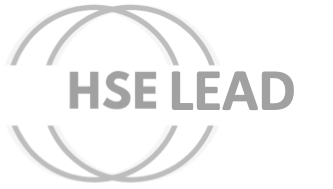Currently Empty: $0.00
FA Module – II
Module 2: Advanced Medical Emergencies (1 hours)
2.1 Respiratory Emergencies
Asthma: Recognize triggers (e.g., dust, pollen), assist with inhaler use.
Hyperventilation: Calm the casualty and encourage slow breathing.
Anaphylaxis: Recognize symptoms (swelling, difficulty breathing), administer an EpiPen.
2.2 Cardiovascular Emergencies
Heart Attack: Recognize symptoms (chest pain, sweating), provide aspirin if advised.
Angina: Assist with prescribed medication (e.g., nitroglycerin).
Stroke: Use the FAST acronym (Face, Arms, Speech, Time) to identify symptoms.
2.3 Neurological Emergencies
Seizures: Protect the casualty from injury, do not restrain.
Fainting: Lay the casualty flat and elevate their legs.
Head Injuries: Monitor for signs of concussion (e.g., confusion, vomiting).
2.4 Diabetic Emergencies
Hypoglycemia: Provide sugar (e.g., glucose tablets, juice).
Hyperglycemia: Seek medical help immediately.
2.5 Environmental Emergencies
Heatstroke: Cool the casualty rapidly (e.g., cold packs, fanning).
Heat Exhaustion: Rehydrate and move to a cool place.
Hypothermia: Warm the casualty gradually (e.g., blankets, warm drinks).
Burns: Cool burns with running water, cover with sterile dressings.
2.6 Fractures, Dislocations, and Sprains
Immobilize the injury using splints or slings.
Apply the RICE method (Rest, Ice, Compression, Elevation).

